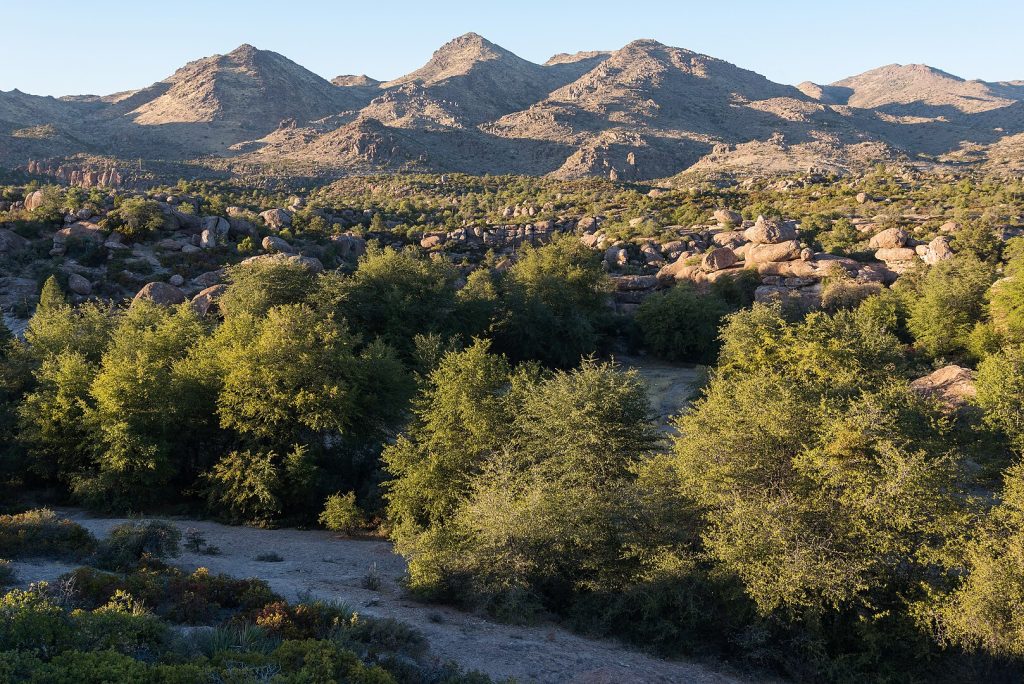
Michalyn Steele is Marion G. Romney Professor of Law at the J. Reuben Clark Law School, Brigham Young University.
Several recent unpublished U.S. federal court opinions have responded to claims under the Religious Land Use and Institutionalized Persons Act (RLUIPA) and the U.S. Constitution’s Free Exercise Clause by incarcerated Native American practitioners. The RLUIPA, enacted by Congress in 2000, provides that governments may not impose a substantial burden on the religious exercise of persons confined to institutions unless the government can demonstrate that the burden is in furtherance of a compelling governmental interest and is narrowly tailored to further that interest. Incarcerated practitioners of Native American religion have been able to get access to sweat lodges and other aspects of Native religious practice and to have certain religious practices accommodated under the law.
In a recent case involving a Rastafarian’s right to maintain long hair under RLUIPA, Native American rights groups submitted an amicus brief[1] to make the Supreme Court aware of its implications for Native American religious practitioners (Landor v. Louisiana Department of Corrections[2]). In short, the Native American amici argue that some religious exercise does involve the growth and styling of hair as part of the religious observance. For example, in the Lakota tradition and others, men braid their hair to represent the intertwining of mind, body, and spirit. Some Indigenous people cut their hair upon the death of a loved one to symbolize mourning. Because of these spiritual traditions, some Indigenous practitioners (and others) have challenged rules on hair length at penal institutions. In the main, penal institutions have asserted a compelling interest in safety and grooming to justify regulations on hair length.

Courts generally have not been receptive to inmate requests for other accommodations where the petitioner is not able to show that their religious exercise is burdened in some distinctive and substantial way. In one recent unpublished opinion, for example, a Native inmate argued that because the program allowing inmates to certify as field ministers, which was open to all inmates, was operated by a Christian organization and their materials were focused on Christian principles, his ability to become certified as a Native American field minister and receive the attendant privileges of field ministers, was unduly burdened (Lumsden v. Collier).[3]
The Fifth Circuit Court of Appeals affirmed that the inmate failed to make a prima facie case of substantial burden in his three claims under RLUIPA: (1) that he could not certify as a field minister without participating in the existing field minister program; (2) that his observance of the fall and spring equinox was permitted but did not include relief from regular prison programming, as did other religious holidays; and (3) that he was not permitted to carry his medicine bag (containing religiously significant objects) on his person at all times. The court found that the claimant could and did serve as a spiritual advisor to Native American practitioners without designation as a field minister and that the claim that the prison’s program favored Christianity would be better presented as an Establishment Clause claim.
In May 2025, the Supreme Court rejected the San Carlos Apache Tribe’s appeal from the Ninth Circuit Court of Appeal’s en banc decision denying the Tribe’s RFRA claims against the development of a copper mine that would destroy a sacred site central to the Tribe’s worship (Apache Stronghold v. United States).[4] The Ninth Circuit held that the destruction of the Apache Stronghold sacred site (Oak Flat) did not impose a substantial burden under RFRA because the land transfer at issue was not government coercion of a practitioner to violate their religious beliefs.[5] To find governmental coercion such as would implicate RFRA, the Ninth Circuit held, would require that the government either deny a public benefit to the practitioner or impose a civil or criminal penalty for the practice of the religion.
The total destruction of the site at issue neither denied a public benefit nor imposed a civil or criminal penalty on the practitioners, and so the claimants could state no substantial burden under RFRA, the Ninth Circuit held, and the government was not required to justify its action by compelling interest or narrowly tailored means. All parties agree that the plan to construct a copper mine at Oak Flat will irreparably destroy the historic sacred site of worship for the Apache, foreclosing forever their access to the ceremonies that must be performed only there and that are central to the exercise of their religion. The Ninth Circuit found that these circumstances did not give rise to a substantial burden analysis under RFRA, and the San Carlos Apache Tribe appealed to the U.S. Supreme Court.

In his dissent from the denial of the Apache Stronghold writ of certiorari, Justice Gorsuch wrote that “[f]aithful to these beliefs, tribal members have worshipped at Oak Flat for centuries, conducting there a number of religious ceremonies that cannot take place anywhere else.” He lamented that the Court not only ignored an opportunity to clarify the standard for a substantial burden under the Religious Freedom Restoration Act (RFRA). He also asserted that the Court had treated lightly the religious exercise claims of the Indigenous people involved and that the Ninth Circuit’s decision relied on suspect reasoning and atextual analysis of RFRA. Justice Gorsuch critiqued, in particular, the Ninth Circuit’s anomalous ruling that RFRA recognizes a substantial burden on the exercise of religion where the government prevents religious exercise, except when the prevention results from disposition of government land. He notes that all other circuits to consider the question have concluded that where government prevents religious exercise, that is a substantial burden triggering the further analysis and justification required under RFRA.
No other circuit court of appeals has read RFRA to carve out government property disposition from this standard. Justice Gorsuch notes that even if no other circuit adopts the standard, the Ninth Circuit encompasses a large majority of Indigenous sacred sites currently under federal management. Justice Gorsuch warns that the Ninth Circuit’s precedent may give rise to further restrictions on free exercise in various circumstances beyond Indigenous sacred site claims. Apache Stronghold continues to litigate remaining claims seeking to halt the transfer and development of the copper mine at Oak Flat.
References:
[1] Brief for Congress of American Indians, Huy, & United South and Eastern Tribes Sovereignty Protection Fund as Amicus Curiae Supporting Petitioner, Landor v. Louisiana Department of Corrections & Public Safety, 145 S. Ct. 2814 (2025) (No. 23-1197).
[2] Landor v. Louisiana Department of Corrections & Public Safety, 145 S. Ct. 2814 (2025) (granting cert); 82 F.4th 337 (5th Cir. 2023) (holding that former prisoner could not seek money damages under RLUIPA for the actions of state prison guards who forcibly shaved his head upon his arrival at the prison).
[3] Lumsden v. Collier, No. 24-50605, 2025 WL 2427162 (5th Cir. 22 Aug. 2025).
[4] Apache Stronghold v. United States, 145 S. Ct. 1480 (2025); No. 24-291, 2025 Westlaw 2824576 (6 Oct. 2025) (mem.) (denying rehearing).
[5] Apache Stronghold v. United States, 101 F.4th 1036 (9th Cir. 2024) (en banc).
